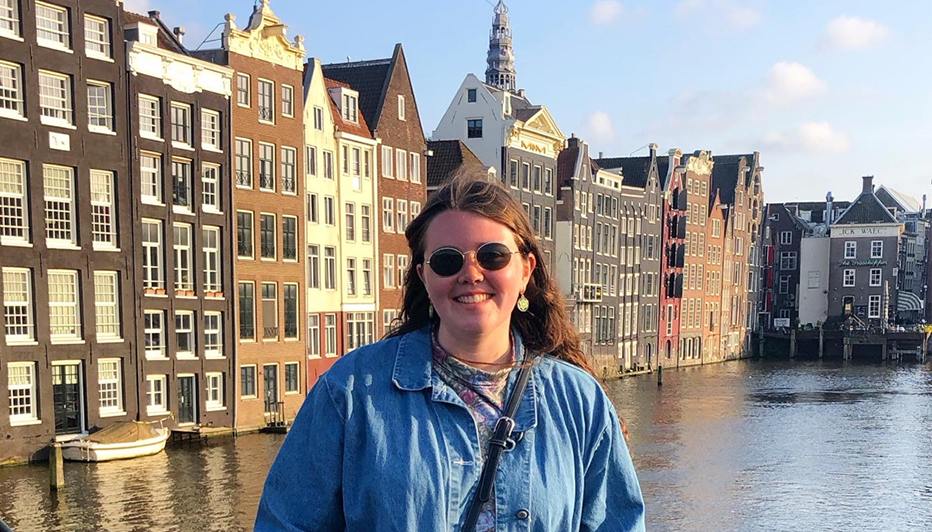By Abbie Snyder, master’s student in civil engineering
The Bedford Program at Rensselaer Polytechnic Institute (RPI) consists of two courses (one seminar and one studio) that pair up architecture and structural engineering students for various design projects. After completing the courses, students are invited to apply for the end-of-year Bedford Traveling Workshop, an abroad experience designed to showcase feats of architect and engineer collaboration around the world.
Each year, six architecture students and six structural engineering students are selected to participate. I was selected to be part of this year’s trip to Brussels and Antwerp in Belgium and Eindhoven, Amsterdam, and Rotterdam in the Netherlands. We were led by the current Bedford Visiting Professor James Richardson as well as Professor Chris Letchford (civil engineering) and Professor Lonn Combs (architecture).
Due to my interest in architecture, I wanted to pursue the Bedford classes from the moment I stepped on campus freshman year as a civil engineering student. I was very excited about the prospect of simulating the real-world collaborative relationship between architects and structural engineers as a student. Now, as a recent graduate and after taking the Bedford courses, I can confirm that the overall experience has been immensely valuable. Like with any new skill, practice and exposure is critical to long-term development and success. By getting the opportunity to work with and engage with architects early on in my career, I feel better prepared to take on the workforce as an engineer.
On the trip, we were able to see dozens of incredible buildings and bridges across five cities. We also saw structures that had a dominant engineering influence; these buildings and bridges tended to be bleak and “cookie-cutter.” Efficient? Yes, but they lacked the elegance and intrigue of structures designed collaboratively. Seeing this firsthand demonstrated that true sophistication in design is born from collaborative efforts. An engineer must be willing to think creatively and generate innovative solutions and an architect must be willing to compromise when an engineer offers a potential solution. There must be a give and take on both sides.
One of my favorite destinations was the Dutch Maritime Museum in Amsterdam. This project’s engineering and architectural work was completed by Ney & Partners. I was in awe of the magnificence of this structure. The roof demonstrated an architectural understanding of form and function, and its free-standing, iterative design demonstrated a complex understanding of engineering principles. To me, it was the greatest example we saw of the success of collaboration between architects and engineers.
The trip changed the way I will look at structures for the rest of my career. It also helped me develop a deep appreciation for collaboration between architects and engineers. I know that the experiences and memories will follow me forever, and I hope that future generations will also have this opportunity.


